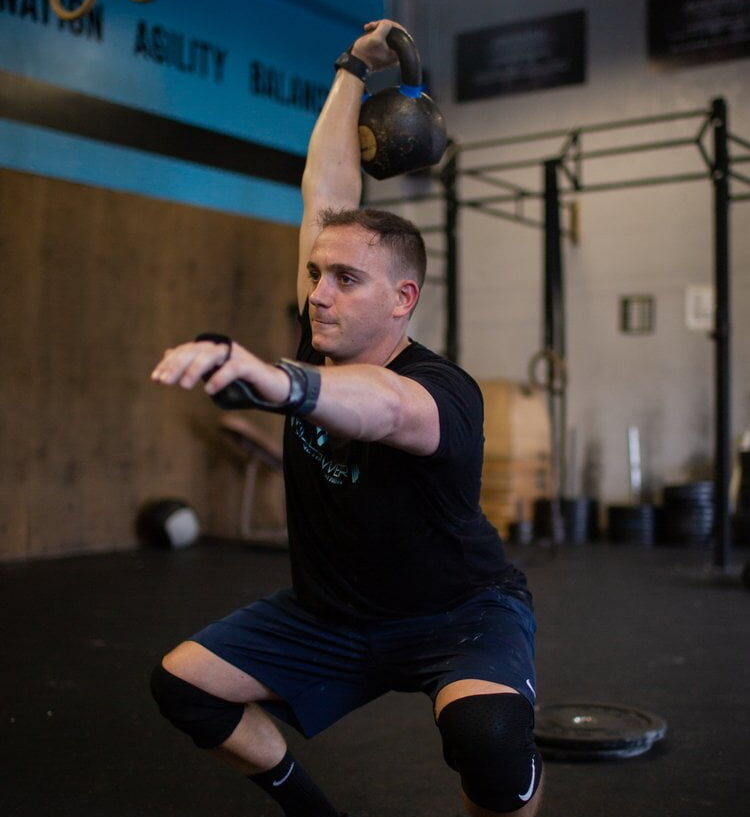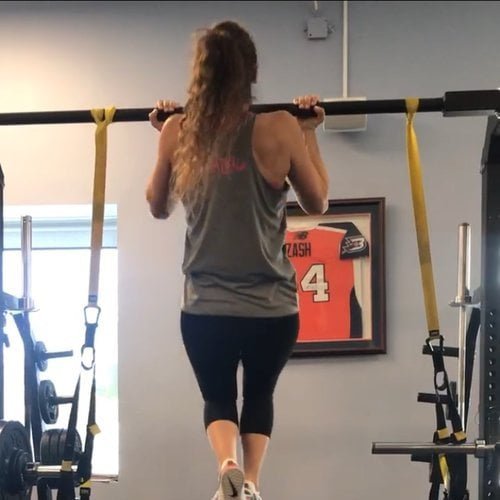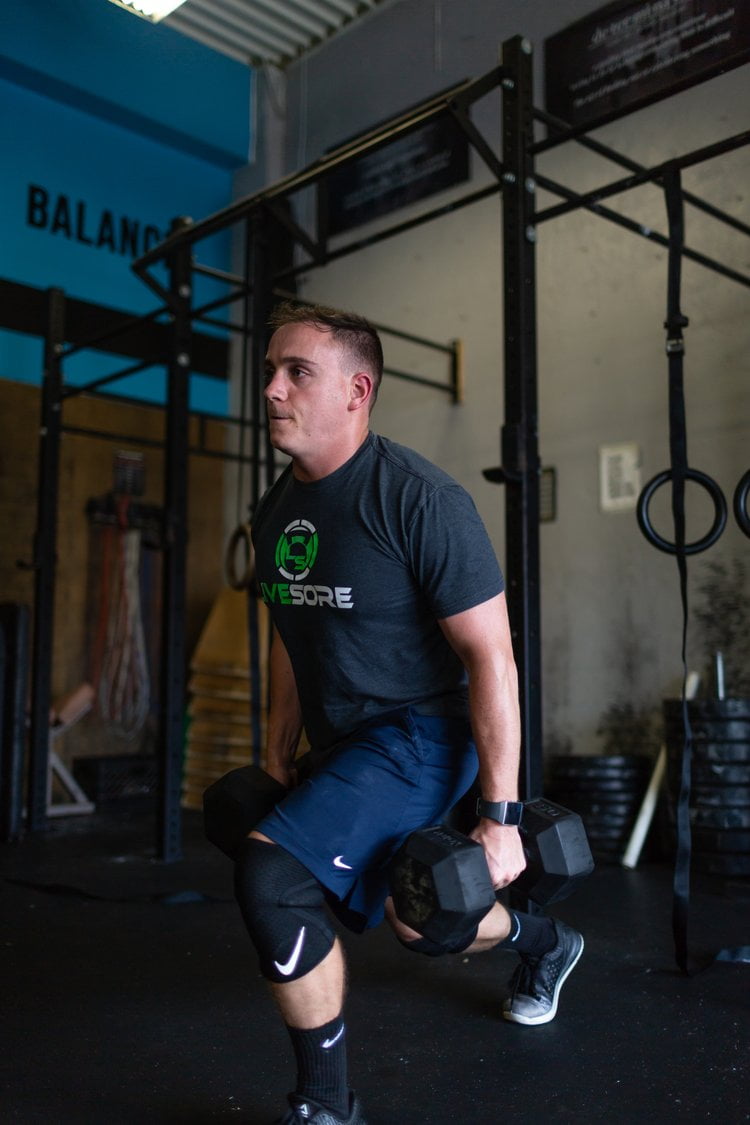Warming Up, The Why and The How
This week I am going to talk to you guys about warm ups. Depending on who you are, you will either despise warming up, you won’t touch a weight without activating, flossing and smashing each muscle in your body or you lie somewhere in between. But, where ever you put yourself, please take it from me – you need to warm up properly. I see many athletes that will walk into the gym, toss their gym bag down, grab a barbell, essentially crack their knuckles and get to work. Although I admire their mental fortitude to be able to do that I do not recommend it for both the sake of improving performance and avoiding injury.
Why Do We Need to Warm Up?
Improve Performance
Let’s first tackle the performance side. For starters, the human body will perform better when its core temperature is slightly elevated. The reason for this is that with increased body temperature, there is an increase in heart rate and blood circulation which allows nutrients such as oxygen to shuttled to the muscles that need it more quickly. A higher body temperature will also improve nerve conduction velocity so that muscles will contract more quickly and more forcefully when we need them too. Next, warming up through the use of activation exercises allows the muscles we are using to be properly engaged under low load so that when we need them to work in unison under heavy load they are working in coordination. An example would be the glutes. If one glute is not firing properly because of weakness, tightness or both than bad things can happen. A properly designed warm up can fix this. The last reason we want to warm up to improve performance is that we want to expose the body, and mind, to what we are about to demand of it. If we are about to engage in an explosive activity than we are going to need to call upon the sympathetic nervous system (SNS) so we want the parasympathetic nervous system (PNS) toned down. For the scope of this article just know that the SNS is the fight or flight system and the PNS is the “rest and digest” system. We do not want to be resting or digesting when a lion is chasing us… or going for a PR snatch.
Injury Prevention
With regards to injury prevention, the reasons why we want to warm up are pretty similar to improving performance. When we raise our core temperature there is increased blood flow to working muscles and joints. This makes muscle more pliable and decreases the risk of muscle strains as a result to quick and aggressive loading or contraction. When there is more blood flow to joints they become more lucid and more easily travel through their range of motion and therefore are kept healthy and allow the body to remain in better positions by limiting kinks in the kinetic chain of the body. You may ask yourself where stretching comes into play with warm ups. But, stretching in a warm up should serve as a way to shake off acute stiffness in the joints and stretches should not be held for longer than fifteen to thirty seconds to avoid a loss in strength and power.
When we ensure that all the muscles that will be used are activated there is further decrease risk of injury. I mentioned the glutes above, but going a step further, especially with movements like Olympic lifts, squats, deadlifts presses or any major compound lifts we need to have the muscle of “core” properly activated to protect the spine from injury. What muscle comprise the core can be its own article but for our purposes we can assume the core are all the muscles of the abdomen, front and back, as well as the glutes and muscle of the hip. When we lift we want to avoid movement of the spine at all costs and these muscles are responsible for that. If they are not engaging properly than the spine can be put in a compromised position.
How Do I Warm Up?
So now that we know why we need to warm up, let’s dive into how to warm up. There are two different types or phases of warm ups that both need to be included every day. First is the general warm up, that aims to increase body temperature, activate muscles and improve ranges of motion. The second is the specific warm up that aims to expose the athlete to the demands of the training session and practice lifts, drills or skills that will be performed.
General Warm Up
The general arm up will include activities such as jogging, biking, rowing, bear crawling etc that are cyclical in nature, do not require any real skill to perform and do not load the body excessively. It will then transition into activation exercises and light stretching to ensure that athletes can activate necessary muscles and hit the ranges of motion that we want for a training session.
Specific Warm Up
The specific warm up will include lift or drill practice and/or short bursts of activity similar to what we are about to do. For lift and drill practice this is the time to refine technique as much as possible. For example, a specific warm up for the snatch will be reps with an empty bar where you work through phases of the movement, ensuring that all positions are hit properly and bar path is good. It would also include the lighter build up sets that are performed prior to reaching the “working Weight” for each exercise. For an athlete, this may be running plays before practice, or practicing foot work for a QB, swing practice for a baseball player etc. For sports like CrossFit, where practice is actual training, we want to tap into the energy system we are about to train. So, an example for a really intense conditioning piece would be short burst on the air dyne or rower. Doing this primes the body and mind for training.
Example
So, what does a proper warm up actually look like? I have outlined a warm up sessions for both training and practice for you guys to serve as a template for the training that you do on your own. As a member of WillPower Strength & Nutrition, warm ups like these are included in each training session.
Warm Up – Lower Body Lift
General:
1 Set
500-meter row
+
2 Sets
+
2) Hip Circle Lateral Walk x 10e
3) Samson Stretch :15e
4) Single Leg DB RDL x 10e
5) Palloff Press x 12e
Specific:
1) Snatch High Pulls from The Hip x 3
2) Muscle Snatches from The Hip x 3
3) Over Head Squats x 3
4) Hang Power Snatch x 3
50 Full Snatch x 3
Warm Up– Football Practice
General:
1) Line Drills
2) High Knees
3) Butt Kicks
4) Shuffles
5) Leg Swings
6) Elbow to instep
7) Figure four walk
8) 70% sprint
9) 80% Spring
10) 90% Sprint
Specific:
1) Depending on position
2) QB/WR – Footwork, Passing drills
3) Lineman – Blocking steps, Hand Drills
4) Running back – Footwork, sprint burst, hand offs







